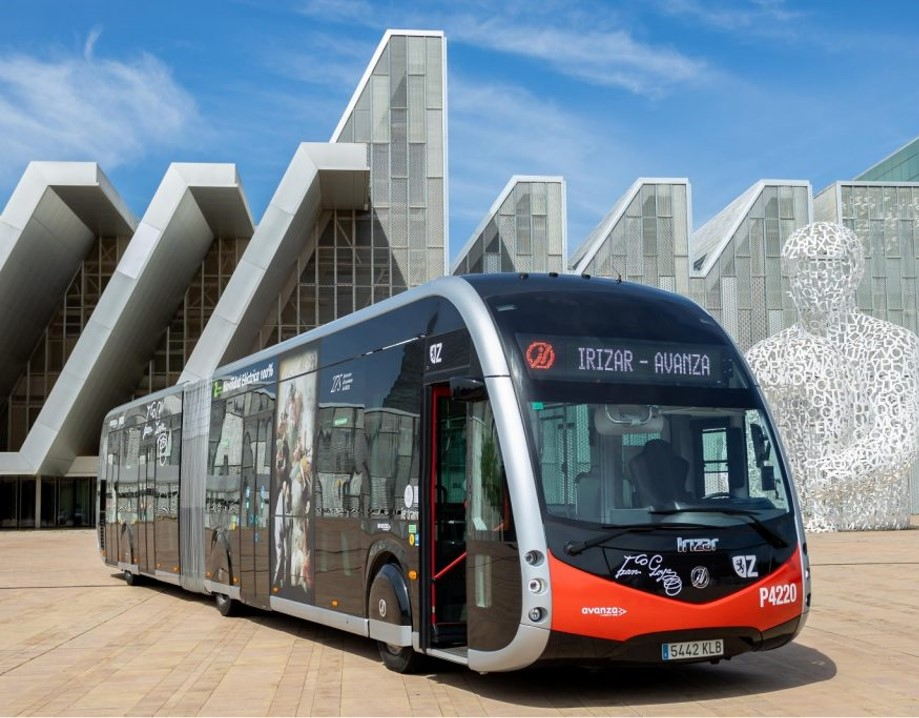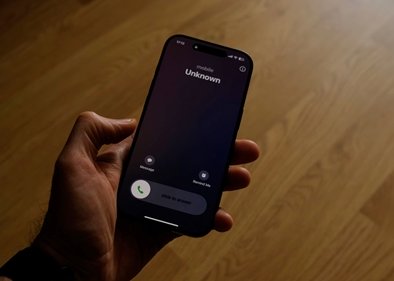In November, we worked with Hamburg S-Bahn in Germany to test self-driving trains that can transport up to 30% more passengers, significantly improve punctuality and save more than 30% energy.
Last week, we built on this, working with Zaragoza City Council in Spain to develop Europe’s first connected and intelligent bus.
Europe's first 5G bus
As part of the council’s Digizity project, the electric bus has already made its first trip through the streets of the Aragonese city, safely transporting passengers from one part of the town to the other.
Designed and managed by Avanza, Vodafone provides the 5G connectivity, so that the bus is able to communicate in real-time with city infrastructure, such as buildings and other vehicles.
A driving assistance system automates acceleration, braking, and can steer, without the need for driver intervention. The bus is also equipped with cameras and light detection and ranging systems to help it detect obstacles on the road.
In addition, its sensors allow greater global energy efficiency according to the current conditions (weather, vehicle occupancy, traffic, etc.) and a thermal management system improves the comfort of passengers.
The idea is that this bus improves mobility, safety and accessibility in the most remote neighbourhoods, reducing the risk of accidents and helping to plan routes and schedules.
As part of the Digizity project, a strategic initiative of the Zaragoza City Council financed by the Next Generation funds of the European Union through the Sustainable Automotive Technology Plan, it aims to create a zero emissions city, promoting sustainable mobility through innovative solutions in public transport.
The roadmap to full autonomy
So, when can we expect this type of transport to become commonplace?
Having successfully tested the capabilities of cars, trains and buses across Europe, the next step is to fulfil the regulatory requirements of autonomous transport. For example, who is liable if the machine is driving?
There is also the need for a more integrated ecosystem that allows different brands, car manufacturers and infrastructure to communicate.
This is where our STEP platform comes in. Designed to connect road users with each other and with transport authorities, our platform enables safety information, hazard warnings and traffic updates to be shared in real-time no matter which device or in-vehicle system the driver is using.

























